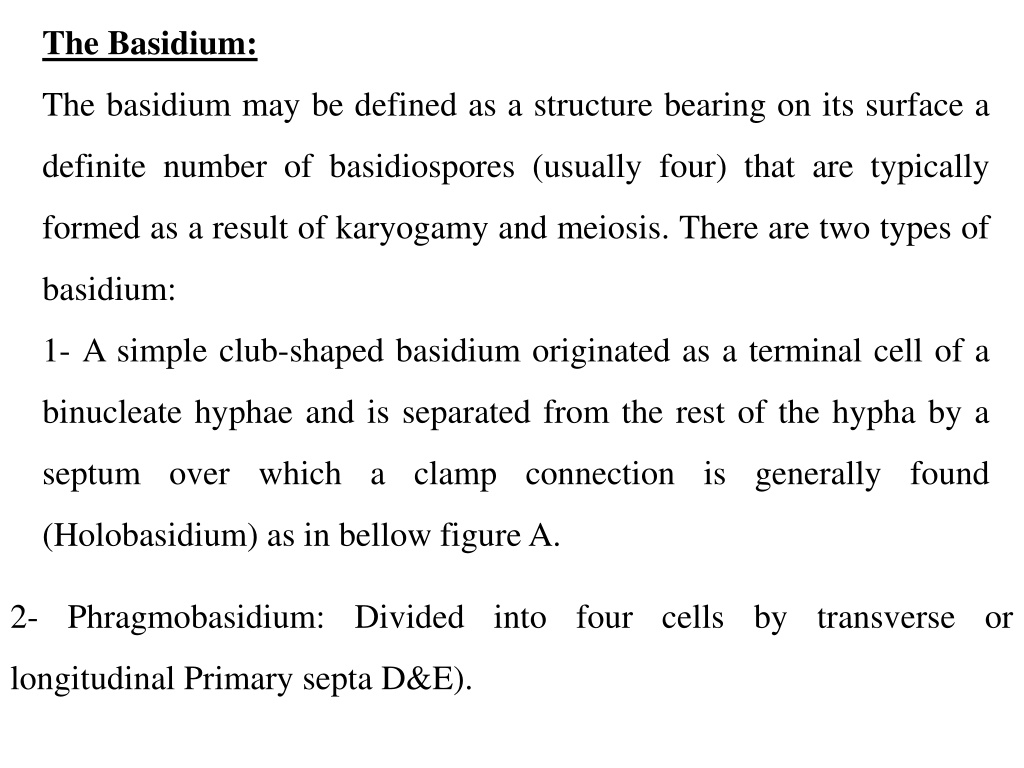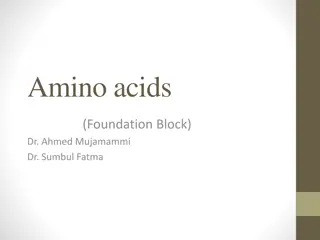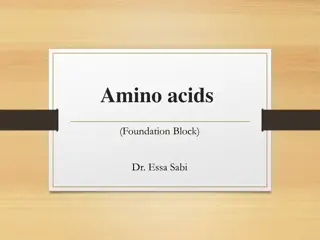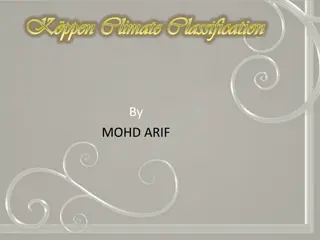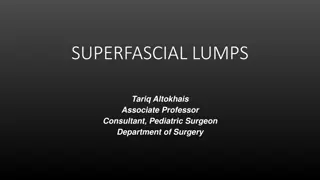Understanding Basidium: Structure and Classification of Basidiomycetes
The basidium is a key structure in fungi bearing basidiospores formed through karyogamy and meiosis. Basidiomycetes are classified into sub classes based on basidium types such as Heterobasidiomycetidae and Homobasidiomycetidae. Uredinales and Ustilaginales are orders of basidiomycetes involving rust fungi and smut fungi, each with distinct characteristics and economic importance. The families Ustilaginaceae and Tilletiaceae within Ustilaginales exhibit specific features and cause various smut diseases on crops like wheat.
Download Presentation

Please find below an Image/Link to download the presentation.
The content on the website is provided AS IS for your information and personal use only. It may not be sold, licensed, or shared on other websites without obtaining consent from the author. Download presentation by click this link. If you encounter any issues during the download, it is possible that the publisher has removed the file from their server.
E N D
Presentation Transcript
The Basidium: The basidium may be defined as a structure bearing on its surface a definite number of basidiospores (usually four) that are typically formed as a result of karyogamy and meiosis. There are two types of basidium: 1- A simple club-shaped basidium originated as a terminal cell of a binucleate hyphae and is separated from the rest of the hypha by a septum over which a clamp connection is generally found (Holobasidium) as in bellow figureA. 2- Phragmobasidium: Divided into four cells by transverse or longitudinal Primary septa D&E).
Classification of class basidiomycetes This class is divided in to two sub classes according to basidium: Sub class 1: Heterobasidiomycetidae (Basidium partitioned or deeply divided) Sub class 2: Homobasidiomycetidae (Basidium not partitioned or not septated) Subclass 1: Heterobasidiomycetidae There is no basidiocarp. 2-Basidium septate by transverse septa. 3- Parasitic fungi. It involves orders: Order1: Uredinales (Rust fungi). Order2: Ustilaginales (Smut fungi). Order3: Tremellales
Order 1: Uredinales (Rust fungi):- This order involves fungi which economically important causes rust diseases. These fungi are obligate parasites on cereals crops causing black stem-rust. There are no basidiocarps but these fungi contain many spore stages which forming within pustules. The mycelium presence between host cells and send haustoriun. The fungi which have five types of spore stages called macrocyclic rust which needed either one host (autoecious rust) or two hosts that called (heteroecious rust), the life cycle of these fungi is long. Those which have short life cycle are called (microcyclic rust).
Order 2: Ustilaginales (Smut fungi) Ustilaginales are obligate parasites fungi on Angiosperms such as wheat. The smuts are so called because they form black, dusty spores masses that resemble soot or smut. The teliospores (chlamydospores) are binucleate which have external wall (exine) and internal wall (intine) and dikaryon. When teliospore germinates it give rise promycelium which bearing basidiospores (sessile). Basidiospores can be budding in asexual reproduction, and some of smut fungi do not obligate parasites so we can cultivate it in laboratory. The sexual reproduction occurs by somatogamy. This order is divided into two families:
Family 1: Ustilaginaceae: The promycelium is transversely septate, with lateral and terminal basidiospores. Ustila gonuda causes loss smut on wheat. Ustila gohordei causes covered smut on wheat Family 2: Tilletiaceae: The promycelium is aseptate and only terminal basidiospores are produced. Tilletia caries causes stinking smut on wheat. Tilletia foetidae causes stinking smut on wheat. Urocystis agropyri causes flag smut on wheat.
